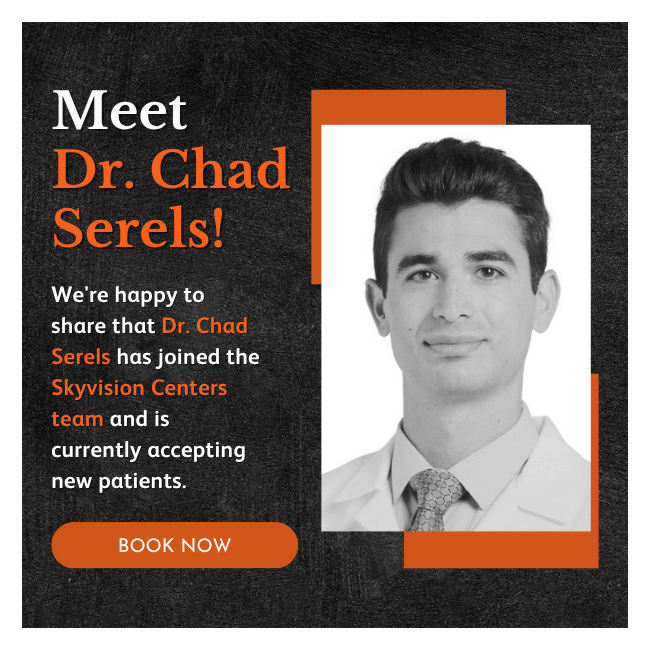 Sara E. Schoeck OD April 2018
Sara E. Schoeck OD April 2018
Nearsightedness, or myopia, has increased dramatically over the last few decades and remains one of the leading causes of poor vision across the globe. In the United States, it is estimated that 42 percent of the population is nearsighted. This is an increase of 25 percent since the 1970’s. (In certain Asian countries, 80 to 90 percent of young adults are nearsighted.) Although vision can be corrected with the use of ordinary glasses or contact lenses, severe nearsightedness can lead to an increased risk of certain eye diseases such as retinal detachment, macular degeneration, premature cataracts, and glaucoma. Given the significant number of people with myopia around the world, there is a growing interest in controlling or slowing down the development of myopia.
In the United States, the average rate of myopia increase in children is about 0.50 D (½ of a diopter) a year (D=diopter, a unit of measurement used when speaking of degrees of nearsightedness.) For example, given a child diagnosed with -1.00 D of myopia at age 8, assuming nearsightedness increases at the average rate of 0.50 D per year, at age 16 this same child will become a -5.00 D myope (which is considered very nearsighted.)
The underlying cause of this increase in myopia remains unclear and the increasing occurrence is not well understood. A number of theories have been offered to help explain the recent increase and earlier onset of myopia in children. These theories range from a decrease in outdoor activity to an increase in time spent doing near work using screens such as laptops and portable or handheld devices like smartphones.
What is clear is that most scientists involved in myopia control believe that the rate of increase in nearsightedness must be slowed to at least one half in order to benefit young patients.
Research has provided a number of treatments focused on slowing the increase of myopia in children and currently, two methods seem most practical and effective at slowing nearsighted progression by at least 50 percent. SkyVision Centers is pleased to offer both treatment options to its valued patients.
The two methods include:
(1) Low dose Atropine eye drops (0.01%)
(2) Multifocal (or dual focus) disposable contact lenses —contact lenses designed with two points of focus, one for far and one for near. These methods also have the least bothersome side effects such as pupil dilation, light sensitivity and blurred near vision, and minimize the chance of a “rebound effect” or increase in nearsightedness after the treatment period ends.
If interested in more information on Myopia Progression, please do not hesitate to reach out to Dr. Schoeck at [email protected] or 440-892-3931.
SkyVision Centers is a center of excellence for Dry Eye, comprehensive eye exams, advanced cataract surgery, glaucoma, lasik, contact lenses, and clinical trials, featuring outstanding services offered by nationally recognized doctors. For more information, please call at 440-892-3931 or visit us at www.skyvisioncenters.com.



